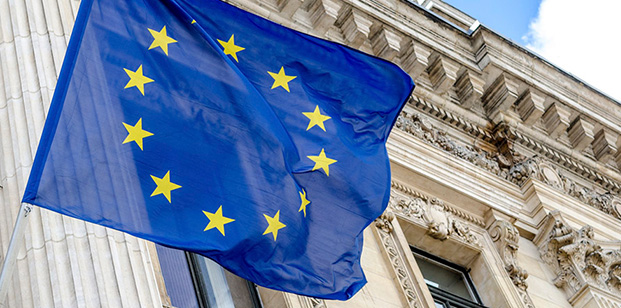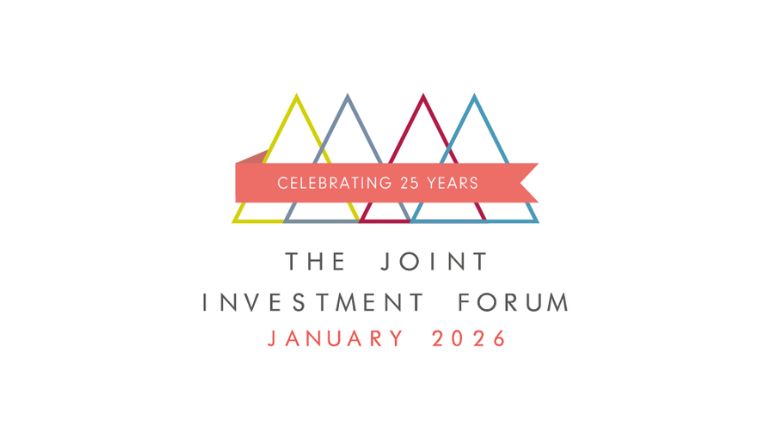The long-awaited EU/US trade deal removes a source of risk, but is it bad news for the Europeans?
- European stock markets have surged since the start of 2025
- European financials have been particularly strong
- The deal appears to favour the US, but the reality is more nuanced
The EU/US trade deal removes a key source of risk for European investors. However, despite the EU’s famously tough negotiators, the deal appeared to favour the US, slapping tariffs on European companies with limited retaliatory measures. With the US market rallying and dollar weakness fading, could it see the popularity of European markets fade?
Europe has been the place to be since the start of 2025. The top performing IA sector is European Smaller Companies, with the average fund up 19.2%. The Europe ex UK sector has also been strong, with the average fund up 16.2%. More recently the technology and Asia Pacific sectors have caught up, but Europe remains in contention.
Partly, this is attributable to the ongoing success of the financials sector. Banks are benefiting from the prospect of fiscal expansion and potential consolidation. The MSCI Europe Financials index is up 22.3% since the start of the year, compared to just 8.6% for the wider MSCI Europe. Financials remain the largest part of the major European indices.
However, the trade deal may seem to disturb that run of strength for Europe. Economists are suggesting that it forces Europe to open its markets, while imposing tariffs on European goods going to the US. Michael Browne, global investment strategist, Franklin Templeton Institute, says the impact is difficult to judge for the time being: “We will now have to see what the tariffs mean for businesses and how they will be absorbed, possibly by margins but it will vary by sectors as it’s almost impossible for German autos, plausible for luxury goods.
“If corporates are to raise prices by 15%, how much will the US consumer wear? Does the consumer simply refuse to buy as a result, evidenced by big volume disruption but returning sales later or even next year, or more threateningly the consumer opts for substitution. This is not just buying a US equivalent but the kind of substitution we are seeing in steel where the tariff is now 50%. What can be used instead? This is potentially dangerous territory as it equates to a permanent loss of business.
In the recent earnings season, European companies have also raised the prospect of a strong dollar, saying that it is denting their profits. The deal may therefore have another, subtler advantage. Browne says: “If this agreement puts a cap on the euro, by ushering in a more certain US inflation picture, enabling the Fed to cut rates, then this might be as important as the deal itself.”


















